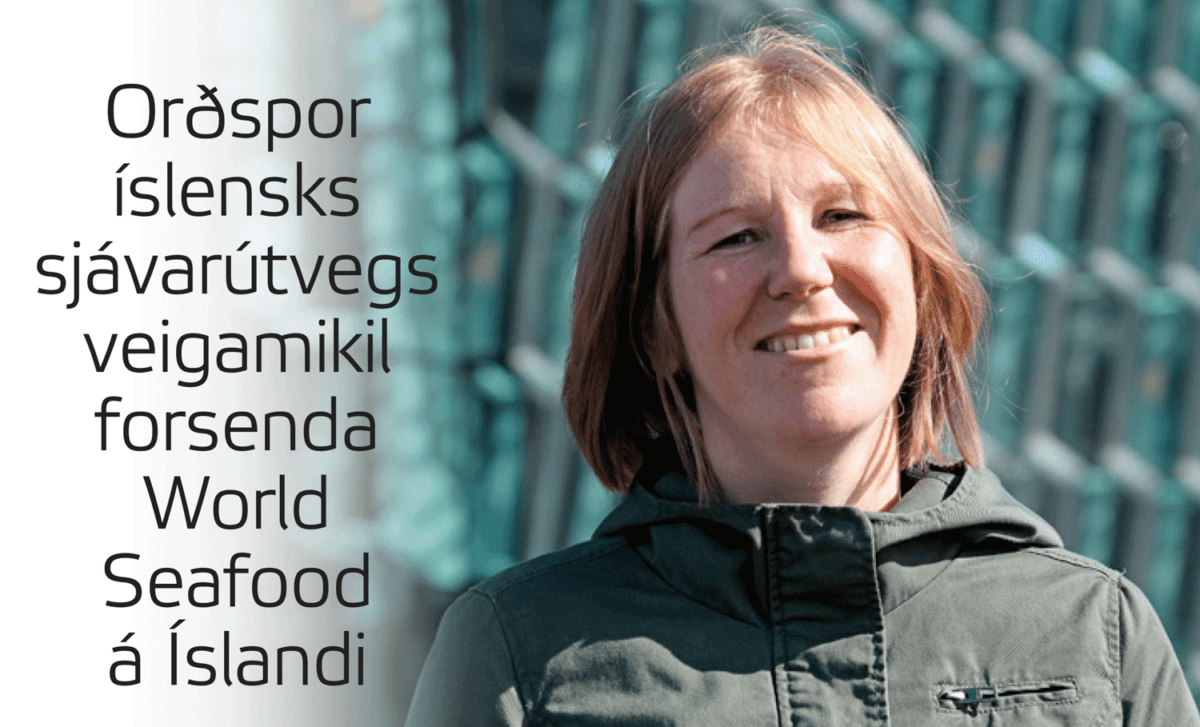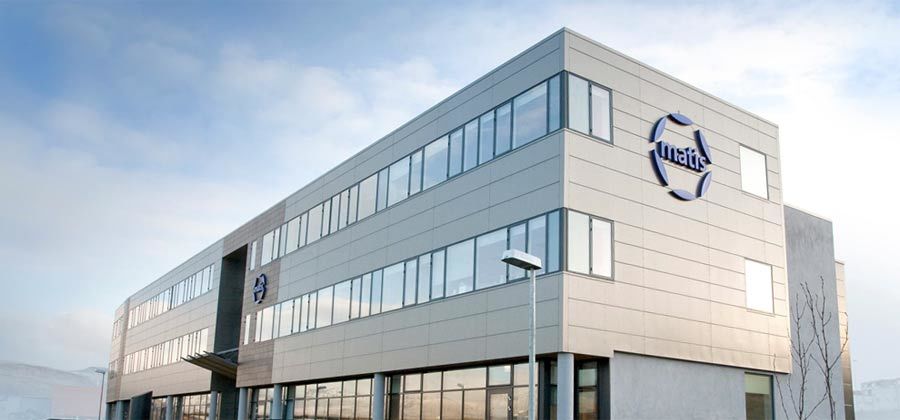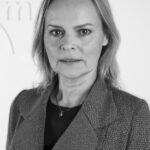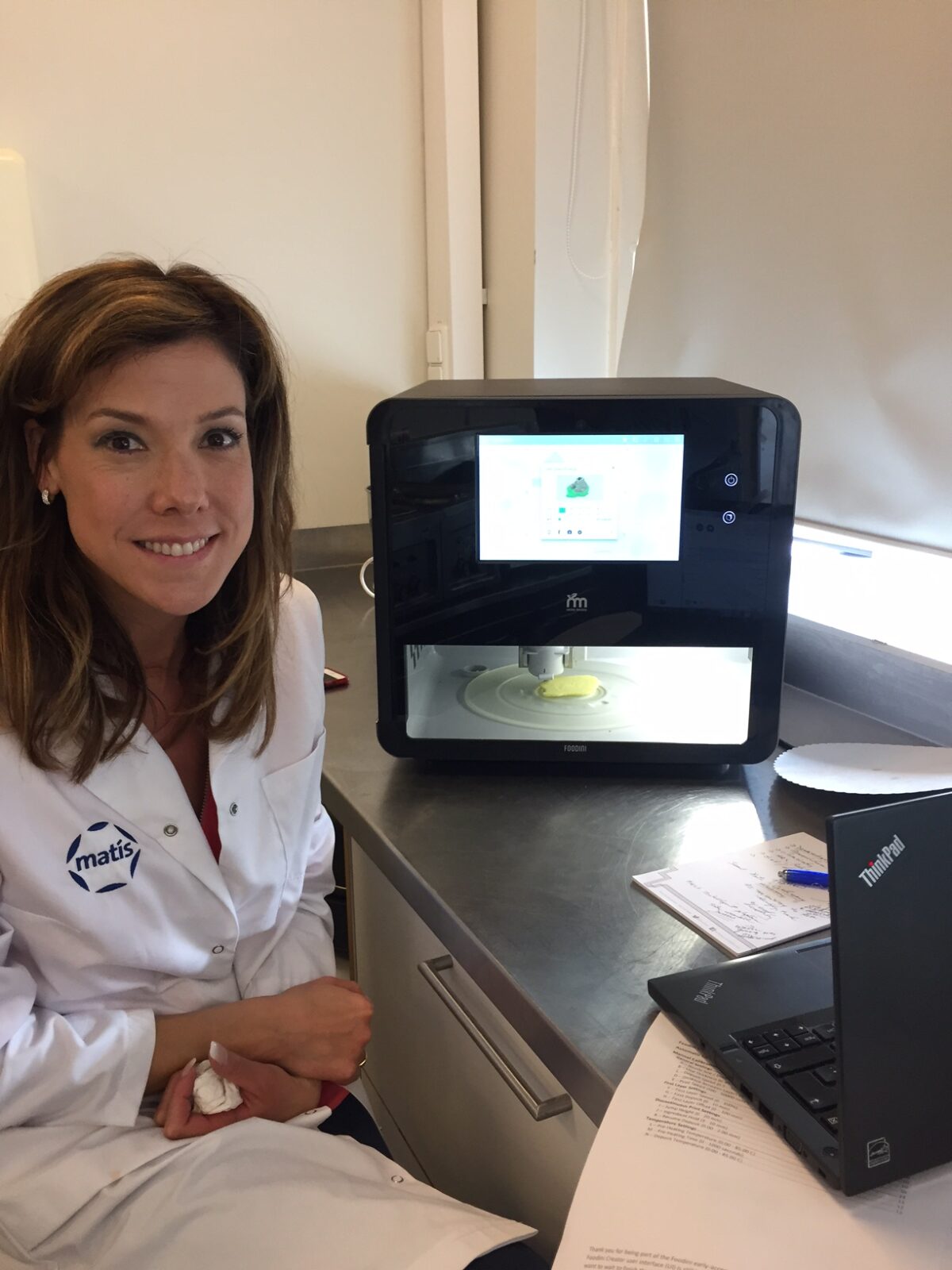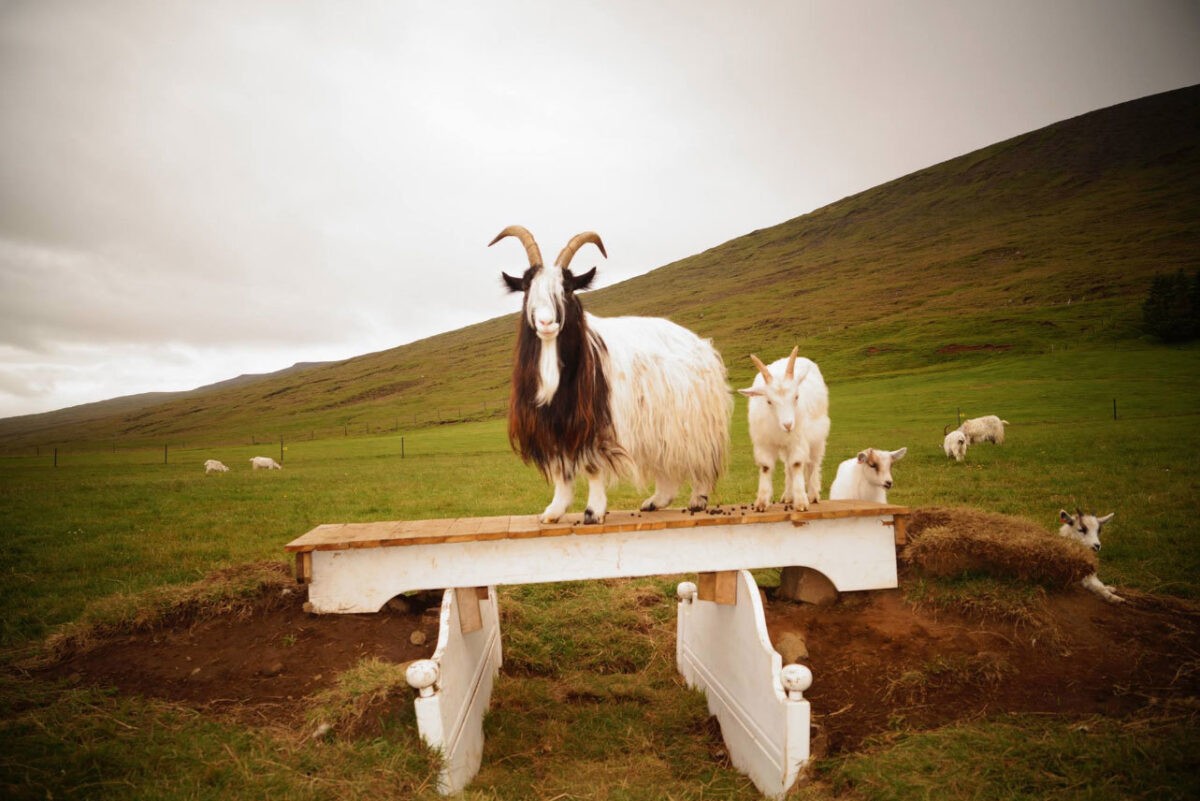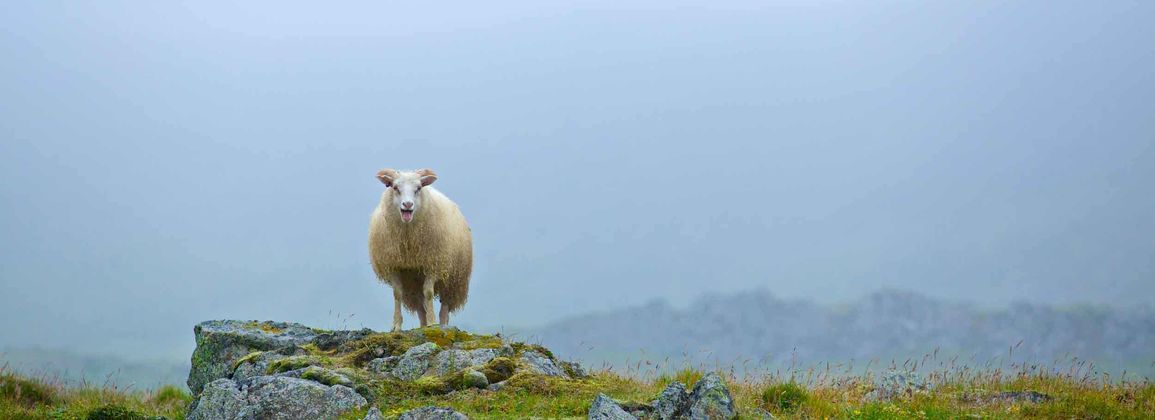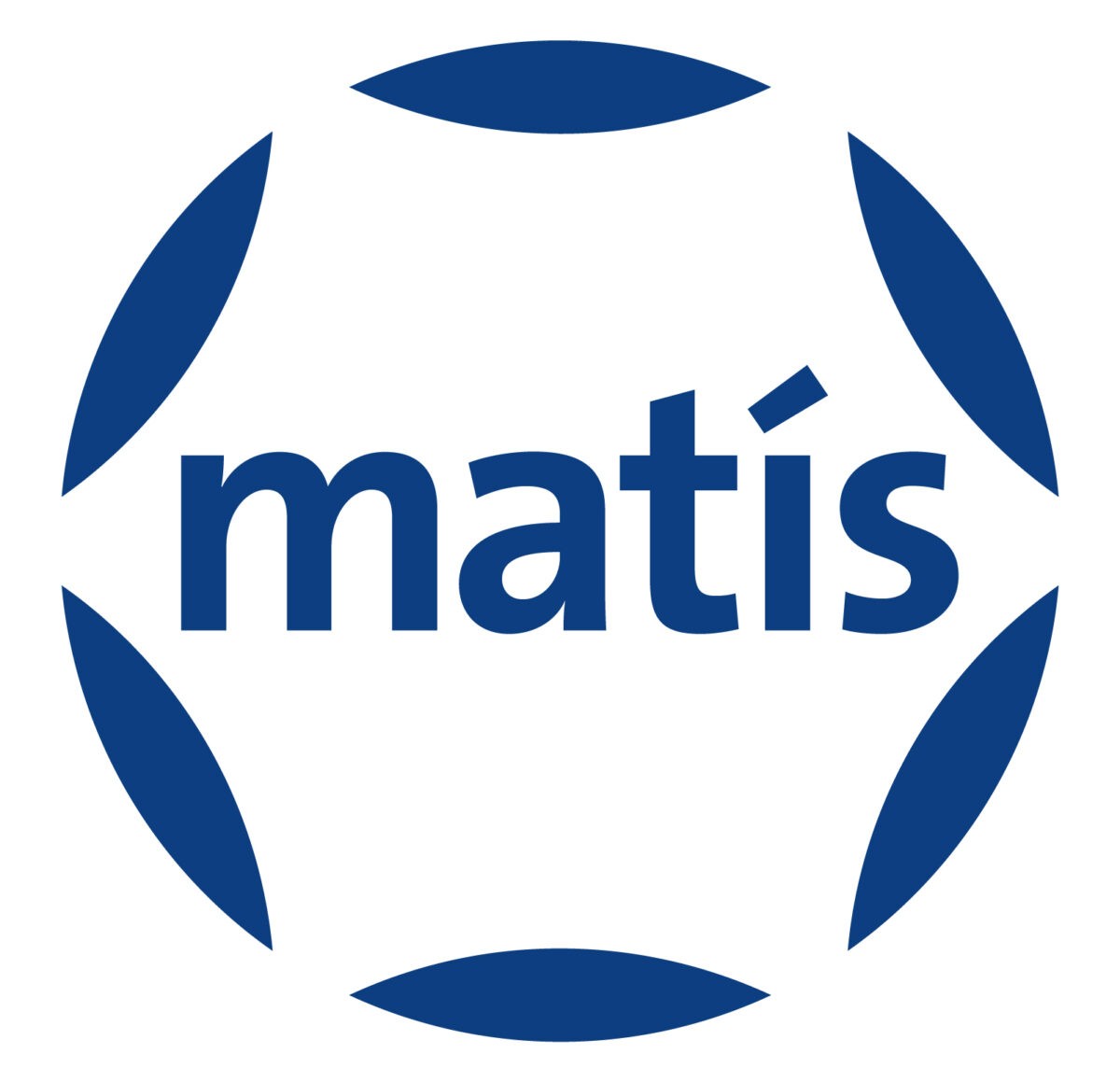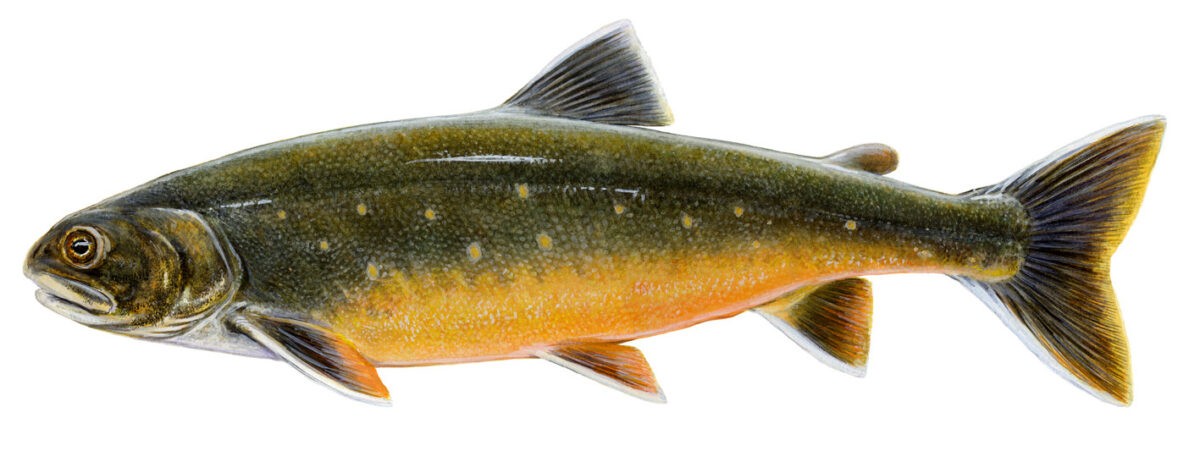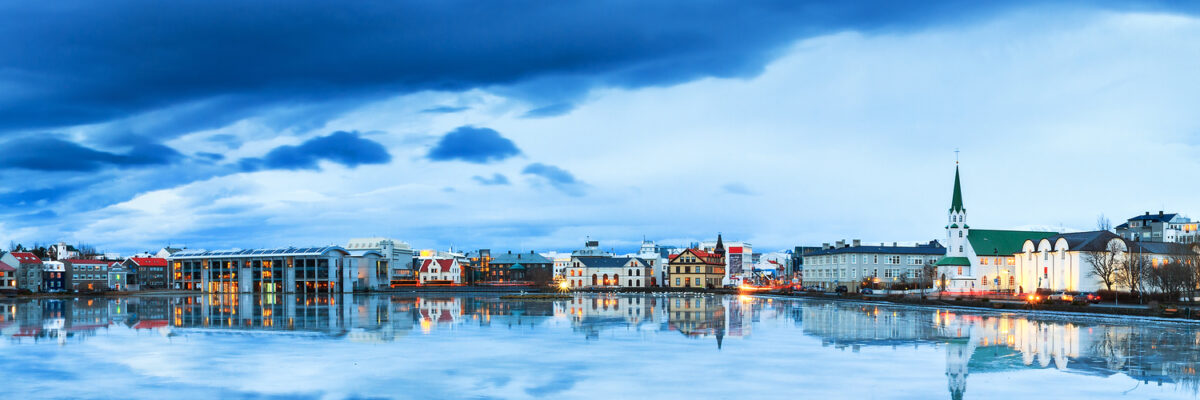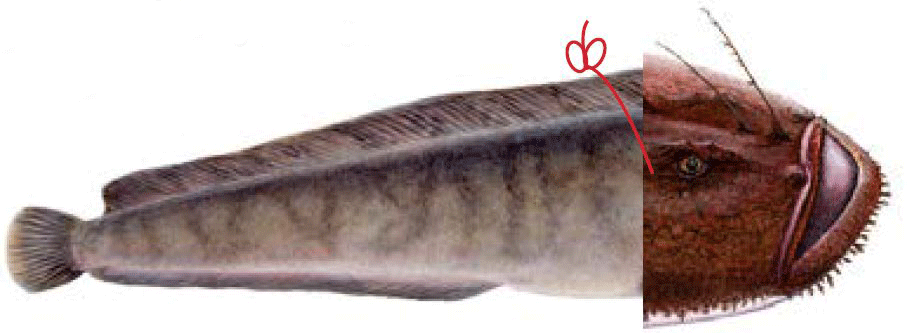Of course, there are many things that contributed to the success of this coveted conference in Iceland. Work began on the initiative of Sveinn Margeirsson, CEO of Matís, a few years ago to better promote Iceland in this important field.
"I think that the reputation of the Icelandic fisheries sector, which focuses on sustainable fishing, full utilization of seafood and technological development, is an important prerequisite for people wanting to bring the World Seafood conference here," says Þóra Valsdóttir, consultant at Matís, who leads the conference.
Technology and marketing
According to Thora, the World Seafood Conference was established in 1969 by the Food and Agriculture Organization of the United Nations (FAO). The conference was held for several years until IAFI, an international association of professional and regulatory bodies in the fishing industry, took over in 2006 and has held it every two years since. The FAO and the United Nations Educational, Scientific and Cultural Organization (UNIDO) still have a strong presence in the conference and have a representative on its Scientific Council, which decides the focus of the conference at any given time. The council also includes representatives from IAFI and the country in charge at any given time. In addition to Matís 'representatives, the council this time included a representative from the United Nations University School of Fisheries as well as a representative from one of the conference's sponsors, AG Fisk, the Nordic Council of Ministers' Fund. "This year we have focused on linking the conference better with fisheries companies and what is happening in the technical and marketing of the fish industry, and this emphasis can be seen reflected in the agenda," says Þóra.
About 150 people, from all over the world, will give lectures and lead seminars at the conference. It lasts for two and a half days and is set up in such a way that the first two days begin with a joint seminar for all conference guests, where the tone is set by the day's keynote speakers. The conference is then divided into three parallel seminars, where three different issues are addressed, which are run in parallel. This way, conference guests can choose what they find most interesting from 9 seminars, each day. The last day is a joint seminar.
According to Þóra, the involvement of the United Nations Fisheries Academy is very strong in this project on the occasion of the school's 20th anniversary. Among other things, he invites 50 people to attend the conference in Iceland, including both former and current students of the school.
Address by the President of Iceland
Among the keynote speakers at the conference are Ray Hillborne, a professor at the University of Washington who has studied extensively on sustainable fisheries and the environment, John Bell from the European Commission, who will discuss the impact of technological change in European fisheries, and Lynette Kucsma, one of the designers of the first food printer. She also mentions Vilhjálm Vilhjálmsson, Grandi's CEO, who will discuss investments in the fisheries sector, Anthony Wan, the founder of Gfresh, China's largest digital marketplace for seafood. Contributions from the World Bank are also expected, in addition to which the President of Iceland, Guðni Th. Jóhannesson, will address the conference.
Asked how Matís finances the conference, Þóra says that the conference and Matís enjoy having good sponsors. Arion Bank is the main sponsor of the conference, but other major sponsors are Brim, HB Grandi, Marel, the Nordic Council of Ministers (AG Fisk fund), Íslandsstofa, the United Nations University Fisheries School and Icelandic.
Atlantic Ministers meet
On the Sunday before the conference, FAO, IAFI and the United Nations University School of Fisheries will hold seminars at Matís' premises. After that, Matís invites all conference guests to a reception. On Monday evening, Arion Bank will host the conference guests and on Tuesday there will be a gathering on the occasion of the 20th anniversary of the United Nations University School of Fisheries, where, among other things, IAFI recognition will be given, including for the best poster.
Þóra also mentions that in connection with the conference, fisheries ministers from several countries in the Atlantic will come to Iceland and meet with the Minister of Fisheries on fisheries and co-operation in the fisheries sector. They will attend part of the conference and will also visit the fisheries exhibition in Kópavogur in the future.

